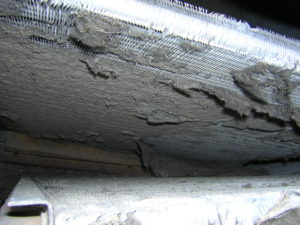Finned tube coils are meant to have contact with the air flow, as more contact creates more heat transfer. Heat transfer is nothing more than heat exchanged from one medium to another, and the goal is to create maximum heat transfer efficiency. The downside to this process is the coil’s susceptibility to foreign materials becoming lodged in them. The following explores this problem in a...
Read More




